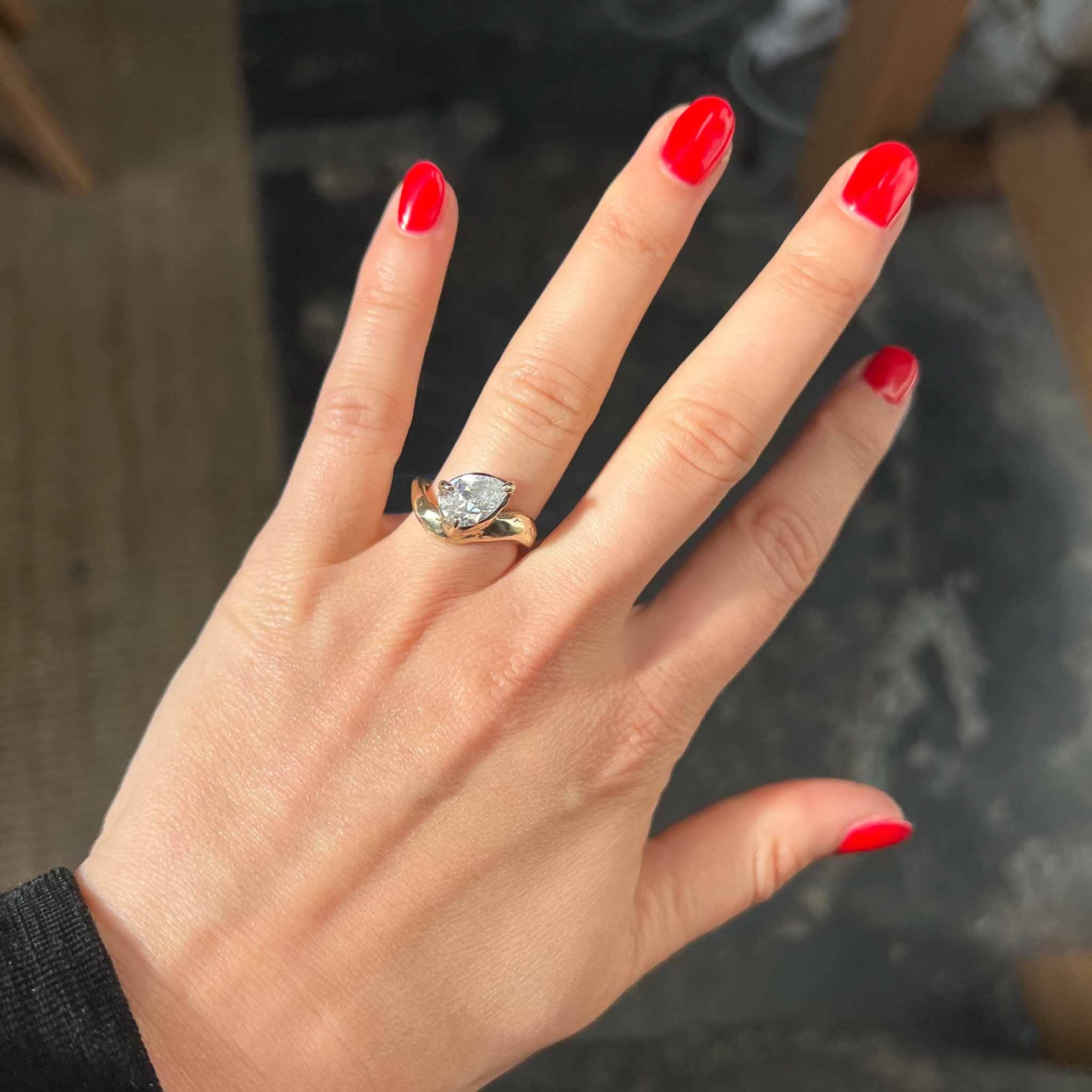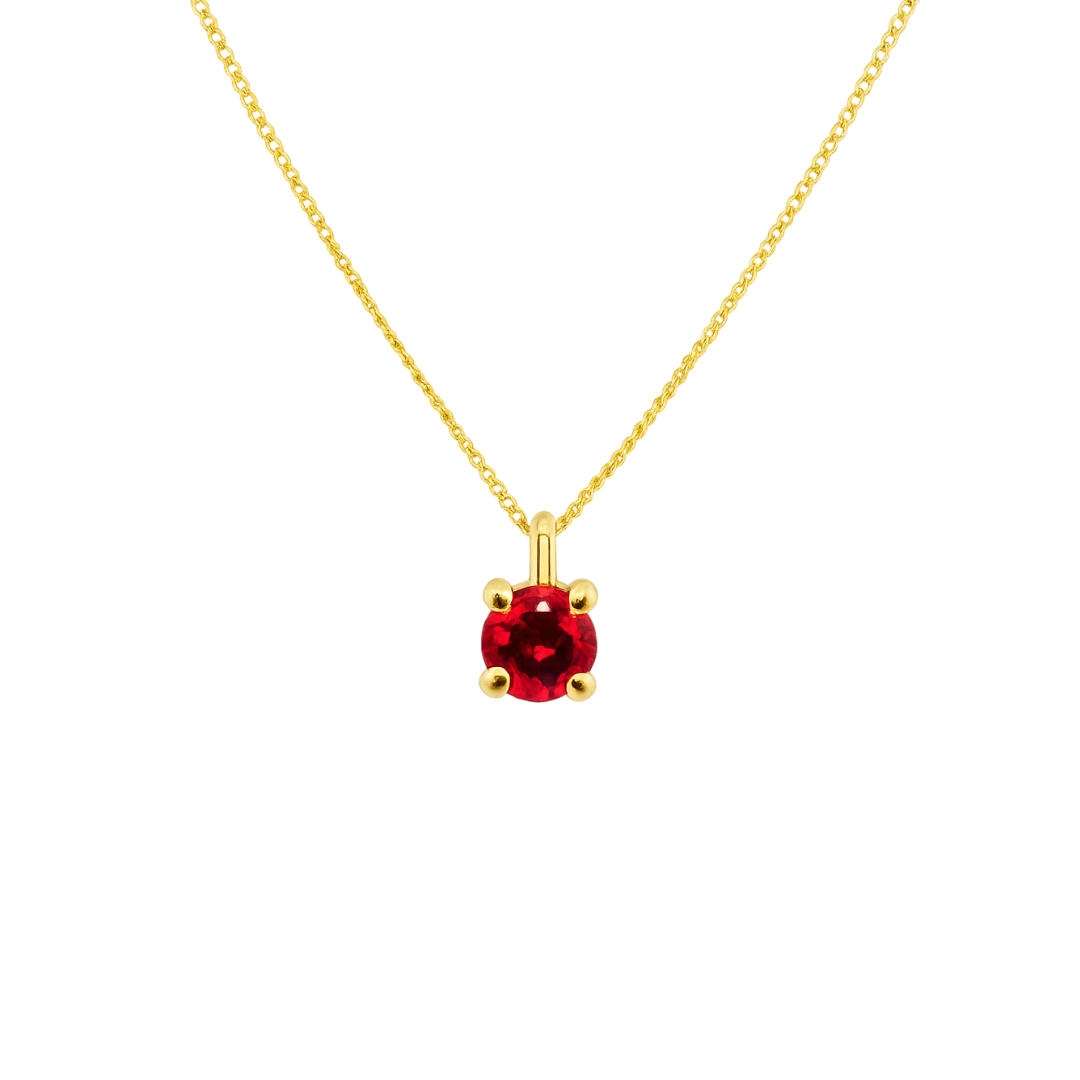ENGAGEMENT RING GUIDE
How to Choose the Right Engagement Ring Style
Choosing an engagement ring is a deeply personal and significant decision. Whether you’re drawn to the timeless beauty of diamonds or the unique allure of alternatives like Australian sapphires, this guide will help you navigate the options to find the perfect ring that suits your style and story.

1. Decide on the Centre Stone: Diamond or Alternative?
The centre stone is the focal point of any engagement ring. Here's a comparison of popular choices:
Diamonds
- Classic Choice: Diamonds are the traditional choice for engagement rings, symbolising enduring love and commitment.
- Variety of Shapes: Diamonds come in various shapes like round, princess, oval, and emerald, each offering a different look.
- The 4 Cs: When choosing a diamond, consider the 4 Cs—Cut, Clarity, Colour, and Carat weight—to find the perfect balance between quality and budget.
Australian sapphire
- Unique Colours: Australian sapphires are known for their stunning deep blue hues, as well as rarer colours like green, yellow, and teal.
- Durability: Sapphires rank just below diamonds on the Mohs scale, making them an excellent, durable choice for everyday wear.
- Symbolism: Sapphires symbolise wisdom, loyalty, and nobility, adding a layer of meaning to your engagement ring.
Emeralds
- Vivid Green: Emeralds are known for their rich green colour, representing love and rebirth.
- Sophisticated Choice: While softer than diamonds, emeralds exude a timeless elegance that makes them perfect for vintage-inspired designs.
Ruby
- Bold Red: Rubies, with their deep red hue, are a symbol of passion and courage.
- Durability: Rubies are second only to diamonds in hardness, making them a robust and lasting choice for an engagement ring.
2. CHOOSE THE RIGHT RING SETTING
The setting not only secures the centre stone but also defines the overall style of the ring:
Solitaire: A single stone setting that highlights the beauty of the centre stone, perfect for both diamonds and alternatives like sapphires or moissanite.
Halo: A central stone surrounded by a halo of smaller diamonds or gemstones, creating extra sparkle and a larger appearance. This setting works beautifully with coloured stones like sapphires and emeralds.
Three-Stone: Symbolising the past, present, and future, this setting features three stones and is ideal for mixing diamonds with coloured gemstones.
Bezel: A modern, secure setting where the stone is encased in metal, ideal for those who lead an active lifestyle. This setting works well with any stone, especially diamonds or sapphires.
3. CONSIDER THE METAL FOR THE BAND
The metal you choose can enhance the appearance of your stone and setting:
White Gold: Similar in appearance to platinum but more affordable, white gold offers a sleek, modern look that complements both diamonds and alternative stones.
Yellow Gold: A classic choice that adds warmth to any stone. Yellow gold is particularly striking with deep blue sapphires or vivid green emeralds.
Platinum: A durable, hypoallergenic metal that pairs beautifully with both diamonds and coloured gemstones. Its natural white hue enhances the brilliance of diamonds and the deep colours of sapphires.
Mixed Metals: Combining different metals, like white and yellow gold, can add a contemporary twist to your ring and works well with both traditional diamonds and alternative stones.
4. THINK ABOUT HER LIFESTYLE
Consider her daily activities and preferences when choosing the stone and setting:
Active Lifestyle: If she’s active or works with her hands, opt for a more durable stone like a diamond or moissanite, and consider a lower-profile setting like a bezel or flush setting to prevent the stone from snagging or getting damaged.
Sentimental Value: If she values tradition, a diamond solitaire in platinum or yellow gold is a timeless choice. For a more unique or meaningful option, consider an Australian sapphire or an emerald in a vintage-inspired setting.
Statement Pieces: For someone who loves to make a statement, consider a larger gemstone like a lab grown diamond, sapphire or ruby in a bold setting.
5. SET YOUR BUDGET
Your budget will help guide your choices in terms of stone, setting, and metal:
Diamonds: Ethically grown diamonds are a perfect centre stone with the exact same characteristics as a mined diamond at a more affordable price.
Alternative Stones: Sapphires, moissanite, and other coloured gemstones can be more affordable, allowing for larger stones or more intricate settings without exceeding your budget.
Metal Choices: While platinum is the most expensive, opting for white gold or a combination of metals can help keep costs down while still achieving a luxurious look.
6. ADD PERSONAL TOUCHES
Personalising the engagement ring can make it even more special:
Engraving: Add a special message, date, or initials inside the band for a secret, sentimental touch.
Custom Design: Work with a jeweller to create a custom design that reflects your unique relationship, perhaps incorporating birthstones or a specific design element that has personal significance.
Heirloom Stones: Incorporate a family heirloom stone into the design, blending tradition with modern style.
7. TRUST YOUR INSTINCTS
Ultimately, the right engagement ring is the one that feels perfect to you and your partner. Whether you choose a classic diamond or a stunning Australian sapphire, what matters most is the love and thought you’ve put into selecting the ring. Trust your instincts, and you’ll find a ring that symbolises your unique love story.
By following this guide, you'll be well on your way to choosing an engagement ring that not only shines with beauty but also holds deep personal meaning. Whether you opt for a traditional diamond or a colourful alternative, your ring will be a lasting symbol of your commitment and love.





